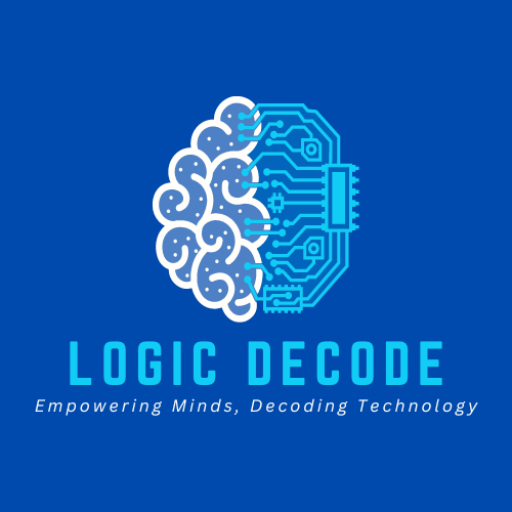In the dynamic world of web development, choosing the right database is a critical decision that can impact the performance, scalability, and flexibility of your application. For web developers looking to work with large-scale, real-time data, MongoDB, a NoSQL database, has emerged as a popular choice. In this blog, we’ll explore what MongoDB is, how it differs from traditional databases, and why it’s an excellent option for modern web development.
What is MongoDB?
MongoDB is an open-source, document-oriented NoSQL database designed to store and manage data in a flexible, scalable way. Unlike traditional relational databases, which use tables and rows, MongoDB stores data in JSON-like documents. These documents are organized into collections, providing a schema-less and dynamic structure.
Key Features of MongoDB:
- Document-Oriented: Data is stored in BSON (Binary JSON) format, allowing for complex and hierarchical data structures.
- Schema Flexibility: Unlike relational databases, MongoDB does not require a predefined schema, making it easier to adapt to evolving requirements.
- Scalability: MongoDB supports horizontal scaling through sharding, distributing data across multiple servers for high availability and performance.
- Rich Query Language: MongoDB offers powerful querying capabilities, including filtering, aggregation, and full-text search.
- High Performance: Its architecture is optimized for read and write operations, making it suitable for high-traffic applications.
Why Choose MongoDB for Web Development?
MongoDB’s unique features make it an ideal choice for many web development scenarios. Here are some reasons why web developers prefer MongoDB:
1. Flexible Data Model
In modern web applications, data structures can vary greatly. MongoDB’s schema-less model allows developers to store and retrieve data without worrying about rigid table structures.
2. Ease of Integration
MongoDB integrates seamlessly with popular programming languages like JavaScript, Python, and Node.js. Its JSON-like document format aligns naturally with JSON data used in web APIs.
3. Scalability for Growing Applications
Whether you’re building a small-scale app or a large enterprise system, MongoDB’s horizontal scaling ensures your database can grow with your user base.
4. Support for Real-Time Applications
MongoDB’s high-speed reads and writes make it suitable for real-time applications, such as chat systems, gaming leaderboards, and IoT dashboards.
5. Community and Ecosystem
MongoDB has a robust community and a rich ecosystem of tools, including MongoDB Atlas (cloud database service), Compass (GUI for data visualization), and drivers for various programming languages.
When to Use MongoDB
While MongoDB is versatile, it’s particularly suited for use cases like:
- Content Management Systems (CMS): Handle varying content types without rigid schemas.
- E-commerce Platforms: Manage product catalogs with diverse attributes.
- Social Networks: Store user profiles, posts, and interactions efficiently.
- Real-Time Analytics: Process and analyze high-velocity data streams.
However, it may not be the best fit for applications requiring complex transactions or strong ACID compliance. In such cases, a relational database might be more appropriate.
Getting Started with MongoDB
Getting started with MongoDB is simple. Follow these steps to set up your environment:
- Install MongoDB: Download MongoDB from its official website or use MongoDB Atlas for a managed cloud service.
- Set Up Your Project: Use a programming language and MongoDB driver of your choice (e.g., Node.js with Mongoose).
- Define Your Collections: Design collections to match your application’s data structure.
- Query Your Data: Use MongoDB’s query language to insert, update, and retrieve data.
Here’s a simple example of inserting a document in Node.js:
const { MongoClient } = require('mongodb');
const uri = "mongodb+srv://<username>:<password>@cluster.mongodb.net/<dbname>?retryWrites=true&w=majority";
const client = new MongoClient(uri);
async function run() {
try {
await client.connect();
const database = client.db('sample_database');
const collection = database.collection('sample_collection');
const document = { name: "Vikram", role: "Web Developer", skills: ["HTML", "CSS", "JavaScript"] };
const result = await collection.insertOne(document);
console.log(`New document inserted with ID: ${result.insertedId}`);
} finally {
await client.close();
}
}
run().catch(console.dir);Conclusion
MongoDB’s flexibility, scalability, and developer-friendly features make it a standout choice for modern web applications. Whether you’re building a startup project or a large-scale enterprise application, MongoDB provides the tools and performance to help you succeed. Dive into MongoDB today and unlock the potential of NoSQL for your web development needs!

